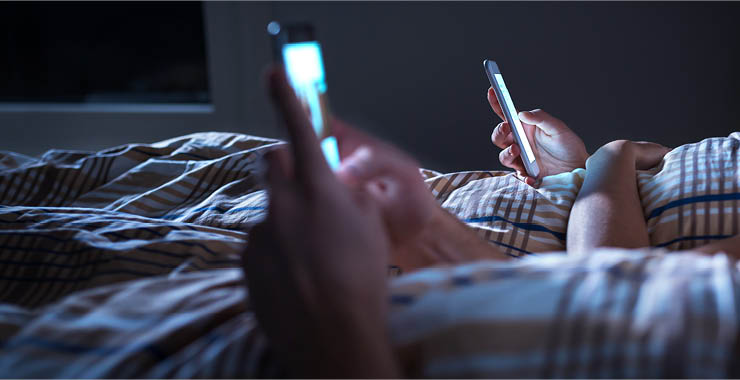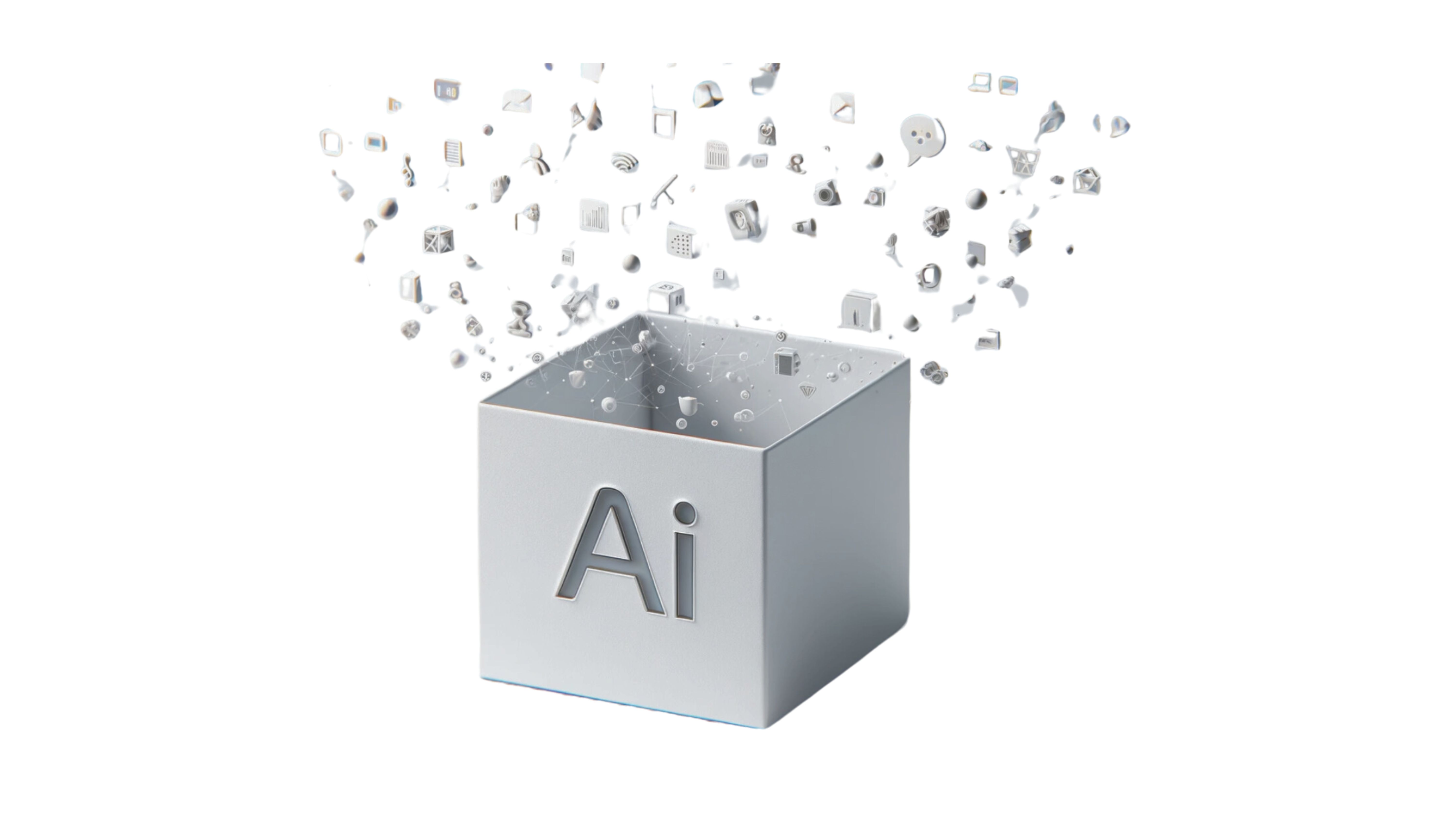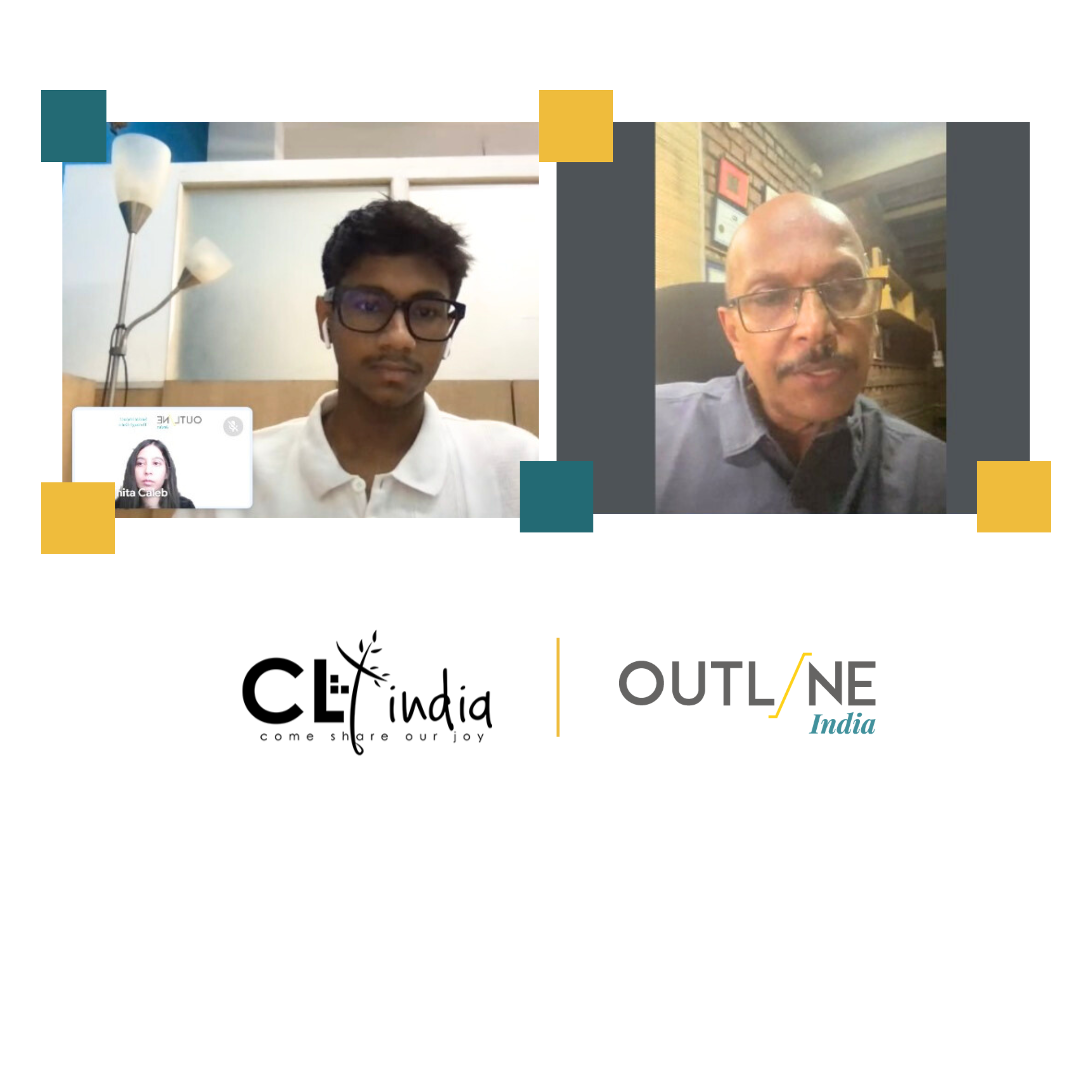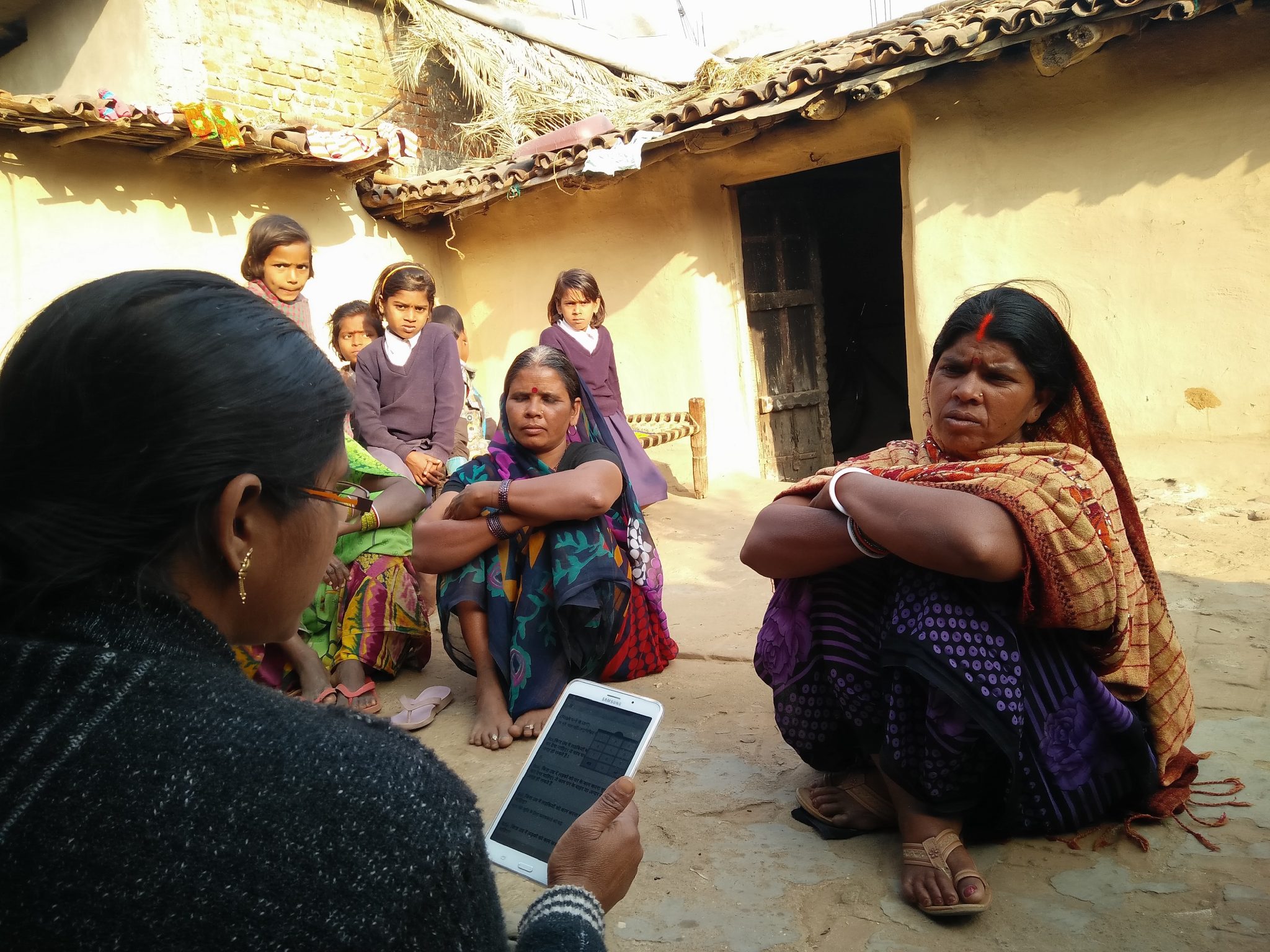Blog Details
This blog covers the influence of social media on the current pandemic, Covid-19, the ethical and moral responsibility of social media and guidelines to elude fake information.
As it is rightly said, “With great power comes great responsibility.”
Today this great responsibility lies in the hands of social media. Social media has impacted all facets of our lives. It has influenced the way we think, eat, drink, and travel. It has long taken over the print media. According to Statista, as of 2020, India, with around 280 million Indian users, is the largest Facebook user base in the world. The overall share of Indian population that has access to social media is growing and is expected to be around 31% by 2023 with around 450 million social media users. The power of social media is such that even the Prime Minister, Mr. Narendra Modi has turned to it to disseminate important information. Be it his constant reminders of keeping safe during the pandemic or the information about the development of the vaccine, Mr. Modi has always taken the aid of twitter.
Social media has come to the rescue of the governments of various countries for distributing information to large number of stakeholders. The Indonesian government agencies used Twitter to convey early warning communications with people during the 2012 Tsunami. The United States government officials used Twitter during the 2012 Hurricane Sandy crisis to involve people in the creation of public services.
But it is not all merry stories. Because of its popularity it is also a major source of spreading misinformation. According to a study conducted at MIT, false news stories are 70% more likely to be retweeted than true stories and true stories take about six times as long to reach about 1,500 people as does the false information to the same number of people. An example of misinformation is that in 2014, during the Ebola outbreak there were a number of tweets stating that the cases increased to 6,000 per minute and that the virus spread through water and food, which led to panic amongst people. It happened when there were only few cases in Newark, Miami and Washington DC.
Now a new novel coronavirus (COVID-19) has spread to almost all the countries of the world and has become a pandemic. The number of cases are rising every day.
Global new cases everyday
*Graph from New York Times
The stark difference between this pandemic and many before can largely be attributed to the presence of social media. Every person at each time is aware of the number of positive cases in each and every district. The source of information is sometimes validated while sometimes it is a complete faux. Soon after the world got used to the term covid-19, the WHO coined another, more deadly, term “Infodemic”. It is the rapid spread of deceptive or counterfeited news spread through various channels like, Facebook, Instagram, Twitter and many more. This avalanche of misinformation is highly contagious like the virus and what more, even more deadlier than the virus itself. Covid-19, or corona (as it is commonly called) is, in fact, the first social media pandemic.
Basch et al. in a study (5th March 2020) revealed that the 100 most viewed videos (together comprising 165 million views) on YouTube related to the word “coronavirus” and found that 85% of them were news videos. The study found that 90% comments were related to deaths, anxiety and quarantine status. Less than half of them mentioned most frequent symptoms and less than one third mentioned the recommended preventive steps.
In India the situation is far more complex. There is a huge gap amongst people who have access to social media and can use it to spread information and fabricated news and people who don’t even have access to basic internet. According to the Telecom Regulatory Authority of India, there were about 34 internet subscribers per 100 people in India in 2017, which grew by 20% in just two years. Now in 2020, India is the second largest online market in the world, second to only China. But this internet connectivity is not evenly distributed. As with most of the modern facilities, here too, urban rural divide exists. According to CSC e-Governance Services India Ltd, only 290 million of the 600 million people are from rural areas. The internet density in rural India, which accounts for 66% of the total population, is only 5% whereas, for the urban India (which accounts for 34% of the total population), it is a whopping 98%! Also, there are far more male users as compared to the female users. This gender divide deepens as we go further in the rural heartlands.
According to a survey conducted by Hammerkopf Consumer Survey, there was an 87% increase in social media usage during the lockdown in India. Cyberchondria and information overload were observed from excessive internet use during COVID-19 pandemic. Cyberchondria is the fanatical online searching for health related information, usually for specific symptoms. It is the result of cyberchondria and information overload, that human cognitive reasoning is impaired and hence, people are more likely to believe in the fabricated news. The lack of digital literacy in India poses yet another problem. People are far more easily convinced with the fake news. This fake news is almost always accompanied by a physician, nurse, health care worker or any person of authority spelling out the “advice”, example, holding the breath as a test for covid-19 or taking excess vitamins to prevent the infection. Misinformation on Facebook regarding the medicine, example hydro chloroquine to treat Covid-19 resulted in the inadequacy of the medicine in the market because of general public hoarding the same. In India, social media was also responsible for polarizing people against Delhi’s Tabligi Jammat markaz.
But there are also a few wonderful examples where social media has come as a godsend for some people in times of pandemic. A video on the plight of an octogenarian couple whose food stall suffered the wrath of the lockdown and had no visitors went viral on social media. In a matter of 5 days, the video got 30 million views on Instagram and 50 million views on Facebook. The “Baba ka Dhaba” is now not only supported by the crowd but is also sponsored by some leading brands such as Zomato and Pepsi. In another example, a Bengaluru based man turned his domestic help “Saroj Didi” into an internet star in a bid to set up her food delivery business. The Bengaluru based man turned to twitter posting about the “didi’s” exceptional culinary gift and in no time orders came pouring in. All this thanks to social media.
The above examples prove that social media can be really helpful, provided we use some caution. Some guidelines are recommended (Chan et al) for responsible use of social media for disseminating information. The first and foremost being that you should always provide the source of information. You should refrain from sharing information from a suspicious source and also information that may only induce panic. The information should always be distributed through established professional platforms. Social media analytics should help government authorities to exchange and comment on real-time information about ongoing infectious disease threats. The development of a real time information sharing system, monitored by government officials can also go a long way in curbing the propagation of fabricated news. At last, nothing works better than an effective communication between the citizen and public health officials through social media.
To sum up, social media can act as a boon and a bane, the choice lies with us.








David Angel Makel
IT ConsultantIt is a long established fact that a reader will be distracted by the readable content page looking at its layout point of using normal